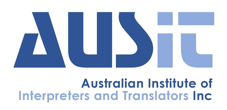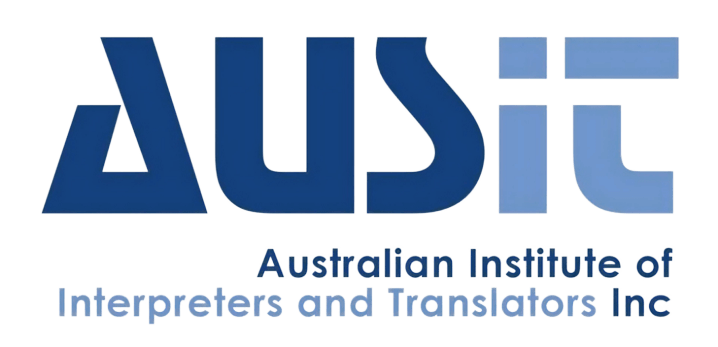RECENT RESEARCH
Researchers: Erika Gonzalez Garcia and Jacqueline Skewes
Institution: RMIT University, funded by Translators and Interpreters Australia*
As is well known, the translating and interpreting profession is characterised by a high degree of casualisation and contracting through labour hire agencies. For recently graduated T/Is, the transition from education and training to professional practice is complex due to the insecure work environment.
In June 2022 RMIT surveyed recent T&I graduates about their experiences, in research funded by the union Translators and Interpreters Australia.* The survey was distributed via email and social media, and was sent to AUSIT members via a dedicated eFlash. Of the 243 respondents, 96 were members of AUSIT.
Based on the survey results, the following key observations can be made:
- the median graduate is a female in her 30s
- 79% of respondents have gone on to practise in the profession as either translators (24), interpreters (104) or both (48)
- 55% are earning less than $20,000 per year
- 70% of those who have entered the profession are underemployed, and are working 22.4 hours a week on average
- 59% of those who took the NAATI certification exams passed on the first attempt.
ANNUAL INCOME OF RESPONDENTS

< means less than and > means greater than
Of those respondents who have gone on to obtain NAATI certification, the majority are still earning less than $20,000 per year, while for those who have left the profession or not entered it, the greatest obstacles cited were the NAATI exam and the lack of work/income in the industry.
97% of those who have entered the profession reported working for language services providers, with most working for 3 or more agencies on a frequent basis. Even so, less than a third of respondents were content with the number of hours they were working overall, and 72% were seeking additional work. Few were receiving any form of superannuation or annual leave, and 40% continue to work in other roles in addition to practising as a T/I.
Respondents also provided a number of suggestions regarding what AUSIT could do to better to help the T&I industry. The majority of suggestions were in relation to the provision of greater and more varied professional development opportunities (25) while other suggestions related to advocacy and certification. Based on these results, it appears our industry still has significant work to do to ensure our profession is viable for new graduates.
Read the TIA* version of the full report here.
* Translators and Interpreters Australia is a division of Professionals Australia


